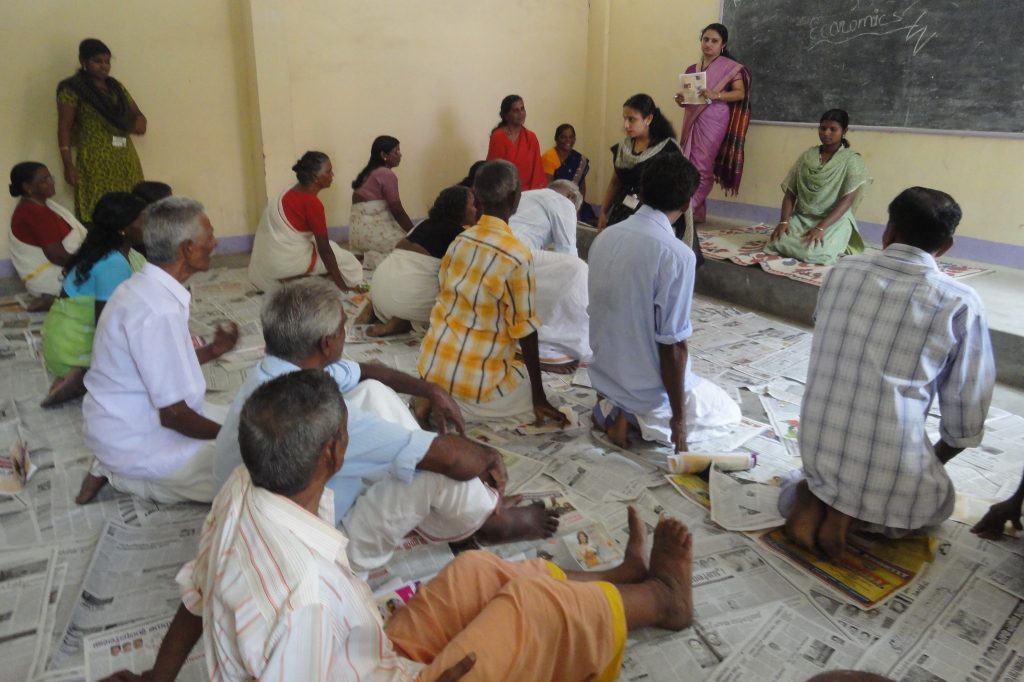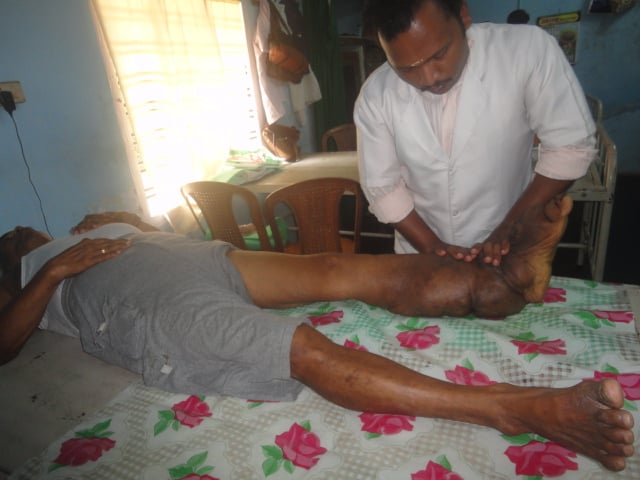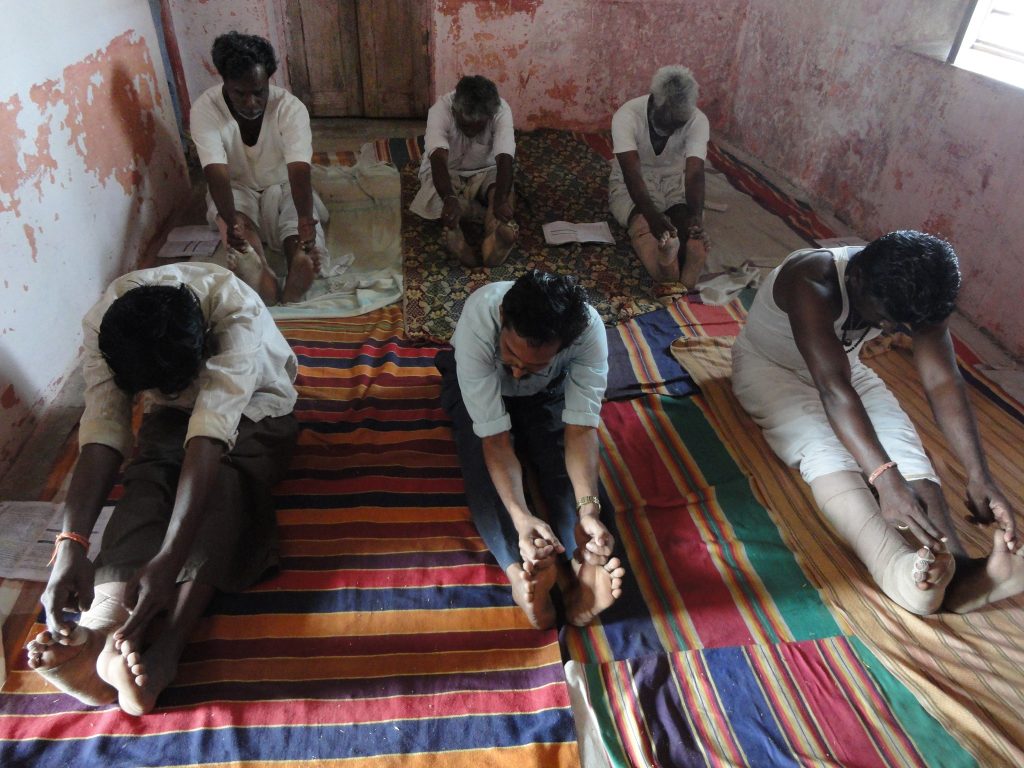Author Archives: cricpadmin
Lymphœdema in Uganda
At the Makerere University Environmental Health Students’ Association 19th Scientific Conference in April 2024 Dr Arthur Bagonza presented qualitative results from a study funded by the ILF into the burden and prevalence of lymphatic filariasis in Uganda.
Demographic data
The availability of demographic data is an important factor when considering the allocation of limited resources to meet an urgent or critical need in a society. The lack of such data can lead to a waste of resources in an area where there is a low prevalence of the condition being addressed. An understanding of how the condition is already being addressed in different areas is also important, for where the response is already good, then resources may be better directed elsewhere.
We therefore need tools to measure both the prevalence of the condition and the quality of the response to that condition in the community.
One such tool was used in the Autumn of 2023 in two areas in Uganda. Being community focussed and taking into account cultural sensitivity the approach was through the elders of the communities to obtain their support and then through the heads of the households. Only with their consent could we approach individuals within the community. Given the burden of the condition upon the community the response was for the most part positive and the team was given access to the best part of the communities.
The Demographic data and screening questionnaire collected data enabling the team to asses the extent of the problem, the communities’ response and provide indicators for the way forward in the allocation of resources to assist the communities and the sufferers in the treatment of the condition.
The second question is
Did you read about South Africa, Switzerland, the Netherlands or India today? You can find more information about all the ILF national frameworks and learn more about the ILF here
So today’s question is:
What is the main cause of lymphœdema worldwide?

Answers please in the comments box below. If you wish to remain anonymous please say so otherwise we shall publish, subject to editorial discretion, what you have to say.
The first question is
What do we do and why?
All the national lymphœdema frameworks work hard in researching, accessing, educating, and above all hearing and treating patients – the patients are why we do what we do.
The next two questions are for you today:
What is the biggest challenge for you with lymphœdema?
What is your greatest wish long-term for living with lymphœdema?

Answers please in the comments box below. If you wish to remain anonymous please say so otherwise we shall publish, subject to editorial discretion, what you have to say.
IAD dispelling myths
Please have a look at the link regarding NTD day work:
NTD day work.
Thank you
IAD Integrative Medicine Treatment
Integrative medicine treatment
Camp 2024
Our sister website lymph4kids and lymph4parents are pleased to announce an international camp for children and young people to be held at a venue in France, 3rd-7th July 2024.
Further details to follow… watch this space!
The video above is from a previous camp held in Italy
IAD salutes its Mentor
Prof Ryan, Oxford UK:
Terence Ryan
Institute of Applied Dermatology, Kerala, India
In this website the ILF tries to show you how the national frameworks are working in their own countries to further the treatment of lymphoedema.
The answer to the second great question in lymphoedema, if you did not know, is that the greatest cause of lymphoedema is filiaris, a parasitic disease caused by worms which is prevalent in India and Africa. So in this article we want you to be aware of one hospital in Kerala, India – the work they are doing, and how the pandemic affected them.
Institute of Applied Dermatology (IAD) located in Kasaragod district of Kerala founded in 1999 as a not for profit, charitable nongovernmental organisation. IAD developed an integrated approach for the treatment for lymphatic blocks due to filarial, primary, secondary, and other causes of lymphoedema (Elephantiasis). This was done by effectively combining Allopathy (biomedicine), Ayurveda, and yoga. Being the pioneers in the field of integrative treatment for Filariasis, now IAD is recognised as the lead institution in the world by the peers in lymphoedema care.
Read more about the IAD -> https://iad.org.in/
The dream of the IAD is to provide adequate care for all Lymphatic Filariasis (LF) patients at an affordable cost.
LF patients generally come from poor economic conditions. It has been IAD’s policy to treat every patient who walks in with warmth and care regardless of his social and financial status. About a quarter of the patients have been treated at a concessional rate, thanks to generous donors. IAD is supported by generous philanthropists and its self-generated income from those who are able to afford to pay for treatment.
There is belief that the health care sector is immune to recession and that the demand for medical service is relatively constant. If it were not already apparent to those who understood, COVID-19 proved that belief to be wrong, with many hospitals cutting down their services. In India the lockdown initiated an economic crisis. Travel restrictions, a fear to visit hospitals, job losses, and uncertainty of the future all served to reduce the willingness and ability of patients to visit hospitals, and many who did were turned away. Health care workers also lost their jobs. The IAD was not immune to the curtailment of support and falling patient demand.
The IAD sought means by which they could safeguard their highly skilled staff as well as treat their physically disabled and economically weak patient, but the in-flow of the patients had reduced to a single digit. The staff became jobless and IAD has requested them, and they agreed, to work voluntarily in this challenging situation. They also voluntarily took unpaid leave to reduce the economic burden of IAD. The economy is still in shambles; job losses a daily reality, but that regime could not be maintained for long. The possibility of collapse was very real. The ability to treat even a few LF patients who urgently required medical care for their condition had been stripped away due to the lack of resources.
The IAD supported by the ILF appealed at that time for financial assistance to safeguard their highly skilled staff as well as to enable them to treat the physically disabled and economically weak patients. IAD has survived due to generous philanthropists and its self-generated income in the past. would it continue to do so?
The ILF Board of Directors has responded to this call by making financial contributions of the association and privately to the IAD and by publicising the need in the entire ILF network. The specific responses of individuals and organisations do not need to be mentioned here, but the IAD is grateful to all who did so, in order that it could weather the storm of the lockdown and continue today to lead in the treatment of lymphatic filariasis.
An edited reflection upon the impact of the recent lockdowns on a lymphatic disorder treatment centre in India produced from papers published by Dr. Narahari, Director and Dermatologist at IAD.




